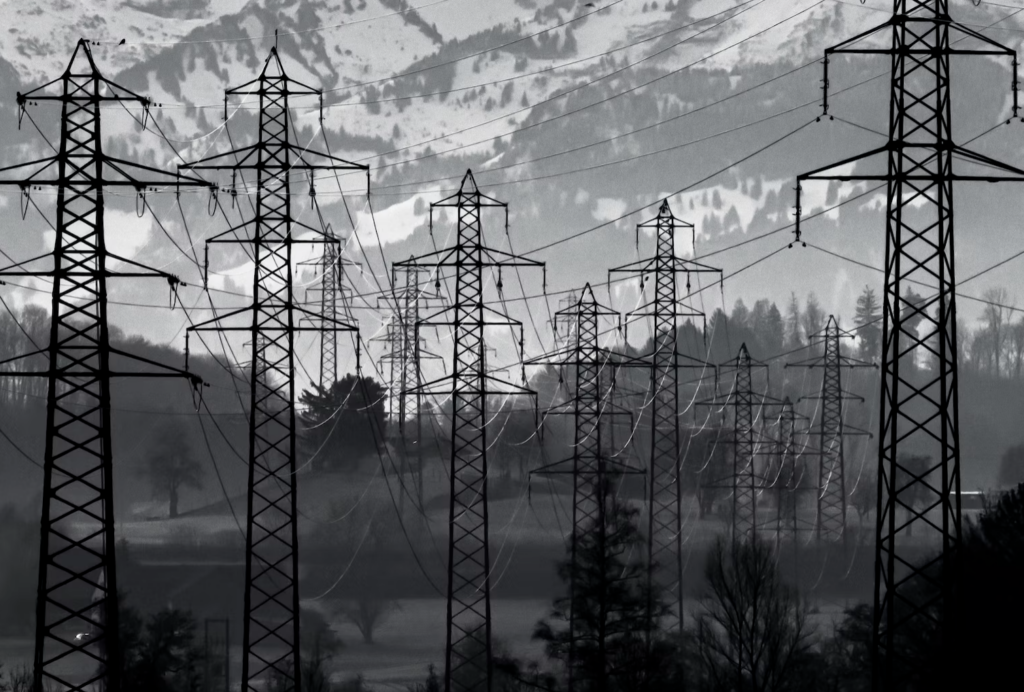US Power Grid Being Destroyed By The Effects Of Climate Change?
An aging US power grid coupled with increased instances of severe weather across the nation are putting the country at heightened risks of blackouts.
This article is more than 2 years old

Over the last few years, Americans have dealt with numerous power outages and blackouts. They appear to have drastically increased in frequency. And whenever there is news of a major storm, parts of the nation brace for failures in the US power grid.
Losing power is a source of frustration for most people. However, when a part of the US power grid goes down, it can devastate vulnerable populations. Unfortunately, some blackouts, such as one in the fall of 2003, have resulted in fatalities.
And since failures in the US power grid are rapidly increasing in volume, experts are racing to find answers. Thankfully, one of the culprits behind US power grid woes is easily identifiable. It is a severely aging system.
Our power grid originated in the late 1800s when Thomas Eddison debuted the very first power plant. His plant ran off of direct current and powered the homes of wealthier New York City residents. However, his design had a major flaw – it didn’t have much reach.
So, when Nikola Tesla unveiled his vision for alternating currents at the 1893 World’s Fair, it fundamentally changed the US power grid. It was a more reliable form of electricity and could reach greater distances. More Americans became interested, resulting in transmission lines getting constructed across the country.
The US power grid now relies on a combination of Edison’s direct current and Tesla’s alternating current. And according to CNET, “Today’s US power grid is made up of 360,000 miles of transmission lines, enough to circle Earth’s equator more than 14 times.” However, there is much more to the story.
For those transmission lines to function properly, they need an intricate network of technological systems and power plants. The bulk of the US power grid is aging significantly. But it is also kind of like a set of dominos.
When one part of the system receives damage in just the right way, it can topple everything. And that is exactly what happens every time we have news of a power outage or blackout. Occasionally, like in 2003, the culprit is something unforeseen.
That year, a tree fell on a power line in Ohio. And the result? “Within minutes, 21 power plants shut down due to a series of errors. Fifty million people from Ohio and across the northeastern United States and Canada were affected.”
But in recent years, experts believe an increase in extreme weather events is behind the US power grid failures. These can range from catastrophic fires in California to the most recent brutal winter storm that crippled much of the country. However, there is also another layer to the story.
As more Americans become conscious about their gas consumption, switching to electric vehicles, they place an unintended burden on the US power grid. EVs require a significant amount of electricity, much more than our current system can handle. So many industry experts and analysts are racing to find a solution.
They are weighing options to help balance supply and demand. And while there are no easy answers, Americans hope that news of a solution comes soon. It gets awfully cold in the winter without power.



